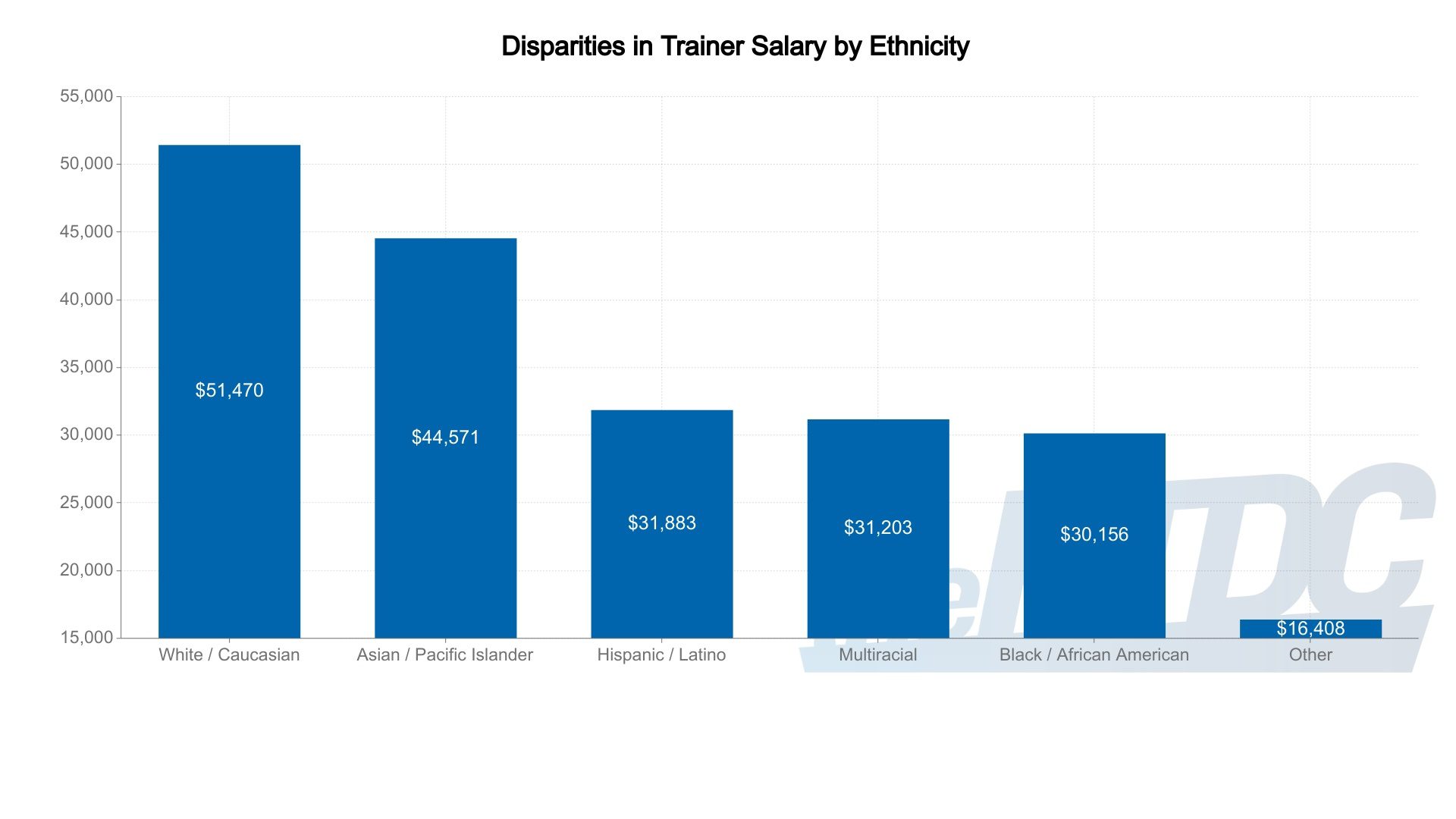This article is courtesy of lifehack.org. The original article can be found here: https://www.lifehack.org/898494/what-is-intrinsic-motivation
“Excuse me. Do you have an answer to my question?” my cocky young interviewer asked me poignantly towards the beginning of an on-campus interview for an investment firm. “Yes,” I answered. “Of course.” I continued. “I’m just gathering my thoughts.” His question, “What motivates you?” and the answers he was suggesting when I didn’t respond immediately—money, recognition, and material items—had clearly caught me off guard.
It wasn’t the situation that made me uncomfortable as I was very confident, and this was not my first on-campus interview. I wasn’t nervous either as my interviewer, Keith, was pretty laid back and was not much older than I was. Translation: he didn’t intimidate me at all, although I knew he was trying to assert his authority.
The setting wasn’t throwing me off, despite the slew of coeds passing through my peripheral vision as Keith had suggested we hold our interview outside to keep it more casual.
So, what was it? What was keeping me from instantly answering his question? I searched my 20-year-old brain as I took a drink of water to buy a few more seconds when it hit me. Not only did I have an answer for him, but I also knew what was causing my struggle.
What Is Intrinsic Motivation?
The answer to both questions was deep in my memory banks from a Psych 101 lecture on motivation my first year at the university. It was in this lecture that we defined the difference between extrinsic and intrinsic motivation.
The American Psychological Association definitions are similar to those provided by my Psych professor.
- Extrinsic motivation – an external incentive to engage in a specific activity, especially motivation arising from the expectation of punishment or reward.[1] It sounds like, “I really want that promotion to make more money.”
- Intrinsic motivation – an incentive to engage in a specific activity that derives from pleasure in the activity itself rather than because of any external benefits that might be obtained.
- [2] It sounds like, “I’m going to work really hard to get that promotion so I can be more fulfilled at work.”
As I sat across from Keith, I remembered the differences between the two and pinpointed the source of my mental struggle with his question. His suggested answers clearly showed that he was extrinsically motivated, whereas I was not and had never been throughout my life. This led me to quickly realize that I was intrinsically motivated in many areas, school, sports, work, and life in general.
This begs some questions:
- Where did my inherent, intrinsic motivation come from?
- What exactly is an intrinsic motivation for most people?
- How does it work?
Let’s take a more in-depth look to help you understand where this fits in your life and how to gain control over it.
In the Beginning
From the time when we were just children, we learn in every situation and environment and from our parents, friends, teachers, and society. This typically occurs by mimicking behavior as all social species do.
One of the first lessons we learn is that there are consequences that arise from our behavior. This takes many forms, such as being given a gold star on our homework to having our favorite toy taken away for misbehaving. With each situation, we quickly determine what motivates us to a specific behavior.
This is why psychologists say that Intrinsic motivation is centrally involved in spontaneous exploration and curiosity. It is a crucial concept in developmental psychology and has been argued to be a crucial mechanism for open-ended cognitive development in humans.[3]
During these formative years, these motivating factors influence us across multiple areas of our lives, whether we realize it or not.
Development
In the case of intrinsic motivation, we do things such as tasks because of the pleasure derived from the task itself. We are driven internally by our enjoyment, satisfaction, and internal growth. It doesn’t matter what others believe or what they do; we will still act in line with this inner drive.
Using our earlier example, this is the individual that wants the fulfillment of the promotion. The psychological rewards may come from the enjoyment of the actual work, the satisfaction of the increased effort, or even the mental improvements that learning provides. In all cases, the rewards are all internally driven.
This can be an internal struggle for many people as they are torn between what they have to do and what they want to do. This struggle may appear in many areas of one’s life and may range from minor to major. Minor examples could be as simple as choosing what to eat or studying or playing video games. Major examples involve more long-term consequences, such as what elective to take in college or what area to live in.
Sometimes, this struggle can actually lead to the inability to decide, which can have other detrimental effects on the individual.
The most identifiable example of choosing a “have to” over a “want” involves two of the most significant areas of people’s lives: money and career. Many individuals choose a career that will provide the most substantial financial reward over another that they will enjoy more or even love.
When you consider this, It’s not as surprising that a global Gallup poll showed that 85% of people are unhappy in their current job.[4] This is a depressing statistic indeed. These individuals are clearly not being motivated intrinsically and are being led by extrinsic motivators.
But is this a bad thing?
The answer depends on you. If you live a life of second-guessing and regret, then probably so. If you are happy, fulfilled in other ways, and content, then maybe not.
Still, there are ways to foster your intrinsic motivation in any circumstance. A big component of this is where your mindset and focus lie in any task or situation.
Unlocking Your Intrinsic Motivation
Let’s say you need to dig a ditch. For many, this may seem like a chore that they would neither choose nor enjoy without being paid or forced to. Both of which are extrinsic motivators if you’ve been following along. But what if you were digging the ditch to create a swimming pool that will provide years of enjoyment for you and your family? This would certainly change things for you and most others.
You may then think to yourself, “Today is such a beautiful day!” Or “Man, this is great exercise!” If you choose to think this way, then isn’t it possible to get some satisfaction out of the digging experience? By focusing on the pleasure of being outside and the workout that digging is providing your body, you shift to a mindset ripe for growth.
While these might appear to be extrinsic thoughts, they are actually a form of what psychologist Abraham Maslow referred to as “growth motivation”—motivation that leads to growth from over and above basic needs.[5] At the heart of this growth are things such as talents, capacities, and creative tendencies.
According to Maslow, all of us have a hierarchy of needs. He proposed that motivation is the result of a person’s attempt at fulfilling five basic needs: physiological, safety, social, esteem, and self-actualization. He further theorized that these needs could create internal pressures that influence a person’s behavior. Growth motivation is a part of our self-actualization and our desire for self-fulfillment.
So, how does all this “psychobabble” fit in with your intrinsic motivation?
The psychobabble is the key to unlocking your intrinsic motivation. Once you understand where your internal growth comes from, you can shift your focus to this area rather than any external reward. In doing so, you will notice that work becomes pleasure and pain becomes progress with all of it leading to growth within yourself.
It is truly a magical place within that will lead to years of success and happiness for you as it has for me. But how, you may be asking?
5 Tips to Help You Kickstart Your Intrinsic Motivation
- Start by taking a look at all components of each situation or task you are faced with.
- Break it down to individual components—think: Why? How? What?
- Focus on the aspect that will bring you internal satisfaction or enjoyment.
- Make this the cornerstone of the activity.
- Reflect and practice gratitude for at least this component—if not everything.
Final Thoughts
With practice, you will become more and more in tune with your desire for self-fulfillment and intrinsic motivation. This will lead to more gratitude and more enjoyment, and you’ll be off to the races or maybe a job interview like me.
My success didn’t come from being an investor with Keith’s firm. In fact, it didn’t come from the financial industry at all. It did come from learning to grow from the benefits of Intrinsic motivation in all situations.
In case you’re wondering, I finally answered Keith’s question with one of my own. “Keith, did you ever take Psych 101?”
More Tips on Staying Motivated
- Why Intrinsic Motivation Is So Powerful (And How to Find It)
- How To Get Motivated (The Ultimate Guide)
Featured photo credit: Simon Migaj via unsplash.com
Reference
| [1] | ^ | APA Dictionary of Psychology: extrinsic motivation |
| [2] | ^ | APA Dictionary of Psychology: intrinsic motivation |
| [3] | ^ | Frontiers in Neurorobotics: What is intrinsic motivation? A typology of computational approaches |
| [4] | ^ | Gallup: Dismal Employee Engagement Is a Sign of Global Mismanagement |
| [5] | ^ | Simply Psychology: Maslow’s Hierarchy of Needs |
The post What Is Intrinsic Motivation And How Does It Work? appeared first on Lifehack.
// Staying Motivated //






















































